| 21 |  | ABS-3A / Eutelsat 115W B | Mon Mar 02 2015 | Successful 🚀 | The launch was Boeing's first-ever conjoined launch of a lighter-weight dual-commsat stack that was specifically designed to take advantage of the lower-cost SpaceX Falcon 9 launch vehicle. Per satellite, launch costs were less than $30 million. The ABS satellite reached its final destination ahead of schedule and started operations on September 10. | Cape Canaveral Space Force Station Space Launch Complex 40 | 🔍 Details |
| 22 | 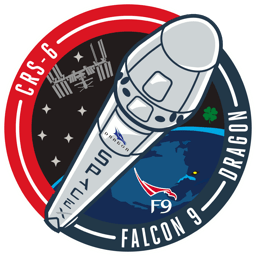 | CRS-6 | Tue Apr 14 2015 | Successful 🚀 | Following the first-stage boost, SpaceX attempted a controlled-descent test of the first stage. The first stage contacted the ship, but soon tipped over due to excess lateral velocity caused by a stuck throttle valve resulting in a later-than-intended downthrottle. | Cape Canaveral Space Force Station Space Launch Complex 40 | 🔍 Details |
| 23 | 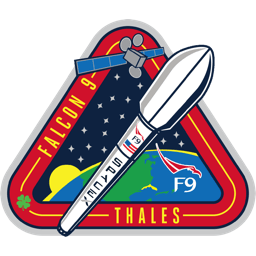 | TürkmenÄlem 52°E / MonacoSAT | Mon Apr 27 2015 | Successful 🚀 | N/A | Cape Canaveral Space Force Station Space Launch Complex 40 | 🔍 Details |
| 24 | 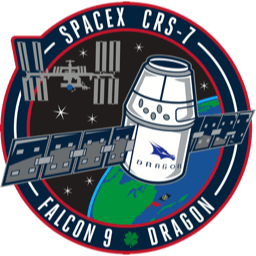 | CRS-7 | Sun Jun 28 2015 | Failed ❌ | Launch performance was nominal until an overpressure incident in the second-stage LOX tank, leading to vehicle breakup at T+150 seconds. The Dragon capsule survived the explosion but was lost upon splashdown because its software did not contain provisions for parachute deployment on launch vehicle failure. | Cape Canaveral Space Force Station Space Launch Complex 40 | 🔍 Details |
| 25 |  | OG-2 Mission 2 | Tue Dec 22 2015 | Successful 🚀 | Total payload mass was 2,034 kg (4,484 lb) : 11 satellites weighing 172 kg each, plus a 142-kg mass simulator. This was the first launch of the upgraded v1.1 variant (later called Falcon 9 Full Thrust), with a 30 percent power increase. Orbcomm had originally agreed to be the third flight of the enhanced-thrust rocket, but the change to the maiden flight position was announced in October 2015. SpaceX received a permit from the FAA to land the booster on solid ground at Cape Canaveral, and succeeded. | Cape Canaveral Space Force Station Space Launch Complex 40 | 🔍 Details |
| 26 | 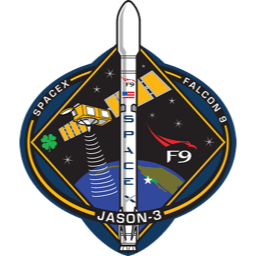 | Jason 3 | Sun Jan 17 2016 | Successful 🚀 | First launch of NASA and NOAA joint science mission under the NLS II launch contract (not related to NASA CRS or USAF OSP3 contracts). Last launch of the original Falcon 9 v1.1 launch vehicle. The Jason-3 satellite was successfully deployed to target orbit. SpaceX again attempted a recovery of the first stage booster by landing on an autonomous drone ship; this time located in the Pacific Ocean. The first stage did achieve a soft-landing on the ship, but a lockout on one of the landing legs failed to latch, so that the booster fell over and exploded. | Vandenberg Space Force Base Space Launch Complex 4E | 🔍 Details |
| 27 | 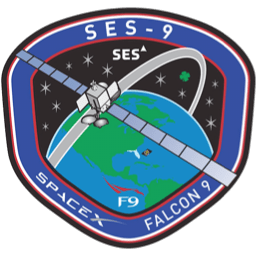 | SES-9 | Fri Mar 04 2016 | Successful 🚀 | Second launch of the enhanced Falcon 9 Full Thrust launch vehicle. Following the launch, SpaceX attempted an experimental landing test to a drone ship, although a successful landing was not expected because launch mass exceeded previously indicated limit for a GTO there was little fuel left. As predicted, booster recovery failed: the spent first stage "landed hard", but the controlled-descent, atmospheric re-entry and navigation to the drone ship were successful and returned significant test data on bringing back high-energy Falcon 9s. | Cape Canaveral Space Force Station Space Launch Complex 40 | 🔍 Details |
| 28 | 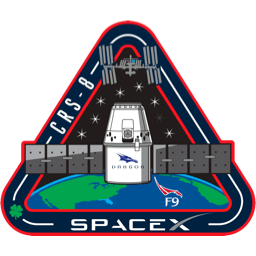 | CRS-8 | Fri Apr 08 2016 | Successful 🚀 | Dragon carried over 1500 kg of supplies and delivered (stowed in its trunk) the inflatable Bigelow Expandable Activity Module (BEAM) to the ISS for two years of in-orbit tests. The rocket's first stage landed smoothly on SpaceX's autonomous spaceport drone ship 9 minutes after liftoff, making this the first ever successful landing of a rocket booster on a ship at sea as part of an orbital launch. The first stage B1021 was later also the first orbital booster to be used again, when launching SES-10 on March 30, 2017. | Cape Canaveral Space Force Station Space Launch Complex 40 | 🔍 Details |
| 29 | 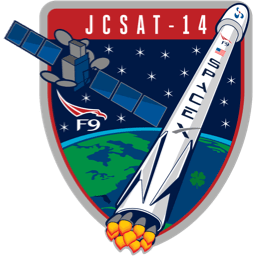 | JCSAT-2B | Fri May 06 2016 | Successful 🚀 | Launched the JCSAT 14 communications satellite for Tokyo-based SKY Perfect JSAT Corp. JCSAT 14 will support data networks, television broadcasters and mobile communications users in Japan, East Asia, Russia, Oceania, Hawaii and other Pacific islands. This was the first time a booster successfully landed after a GTO mission. | Cape Canaveral Space Force Station Space Launch Complex 40 | 🔍 Details |
| 30 | 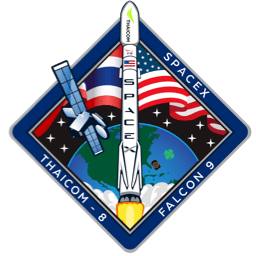 | Thaicom 8 | Fri May 27 2016 | Successful 🚀 | Manufactured by Orbital ATK, the 3,100-kilogram (6,800 lb) Thaicom 8 communications satellite will serve Thailand, India and Africa from the 78.5° East geostationary location. It is equipped with 24 active Ku-band transponders. | Cape Canaveral Space Force Station Space Launch Complex 40 | 🔍 Details |









